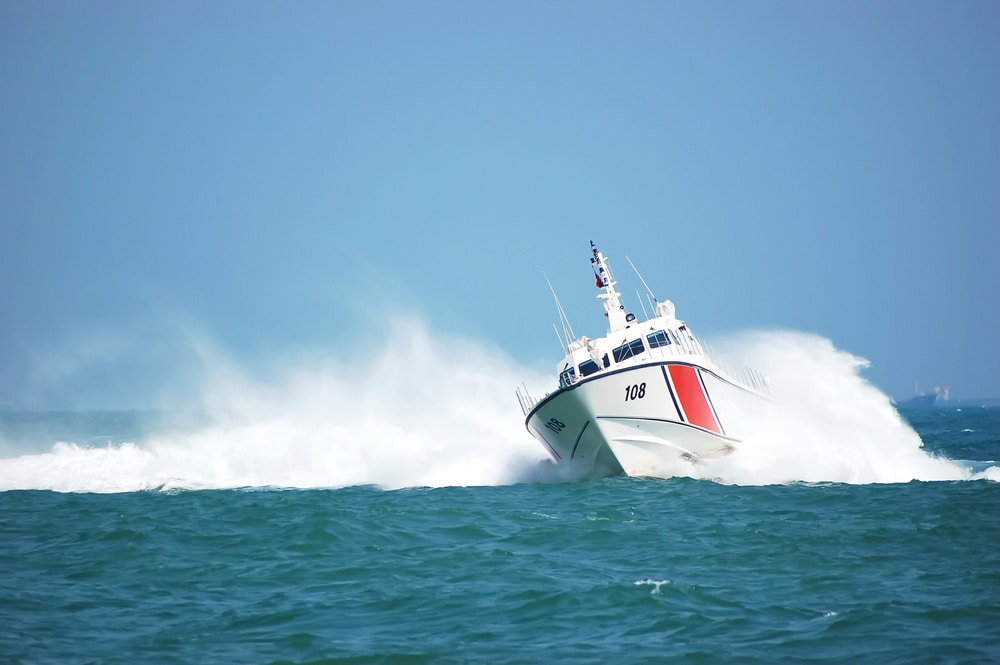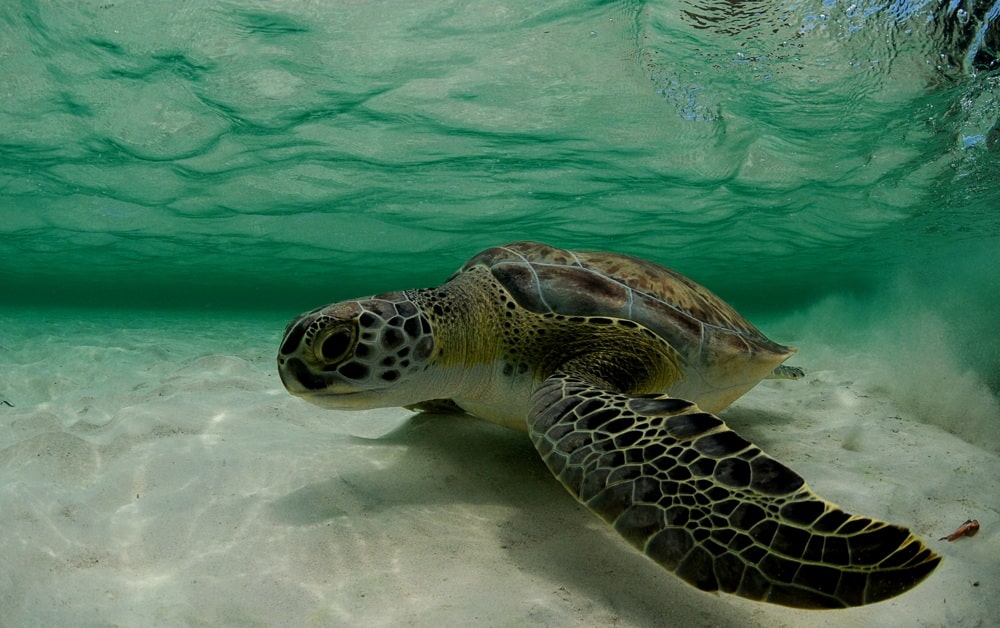O P I N I O N

Sudden End to a Perfect Morning
On a perfect March morning, Capt. T. J. Shea’s Southport 33 was en route toward his first set of numbers well offshore of Clearwater, Florida, as eager anglers busied themselves in the cockpit.
Then, Shea’s boat was boarded by U.S. Coast Guard officers.
No worries, thought Shea: He always had requisite safety gear on board and more. But they wanted only to see all of the boat’s turtle-bycatch-mitigation gear. Shea was dumbfounded.
He knew nothing about this specialized gear required of all charter boats that fish reef areas in Gulf of Mexico and South Atlantic federal waters.
But then, he says, “Why would I? In 20 years as a full-time charter skipper in the Gulf, we have never hooked a single turtle.”
Be that as it may, the coastie wasn’t in a warning mood. He handed Shea a citation, saying it would set him back $522.
In addition, he ordered the charter to return to the dock, so Shea was also out the charter fee and all the fuel he’d burned.
Shea went out that afternoon to buy the required gear. “Oh, they got you too?” asked the clerk at the tackle outlet, noting that several other skippers had come in to shell out a couple hundred bucks for an array of objects they would most likely never use, which they, too, would have to find room to store on their boats.
After Shea described this incident, I did some checking with a half dozen or so very active, well-known veteran charter skippers, most having run trips for 20 to 40 or more years. Half said they’d hooked a few sea turtles in all those years; the others, like Shea, had never hooked even one turtle.
So these captains have, on average, hooked roughly one turtle per decade.

Memo to NOAA: Reality-Check Time
Those captins who had hooked a sea turtle told me to a man that they had no trouble releasing it quickly, with no harm done — and without a load of specialized gear. Did the National Oceanic and Atmospheric Administration talk to any of them when formulating turtle-release-gear rules? That got me a laugh, and — again, to a man — none had even heard of such rules.
But in fact, per federal law in 2011, here’s just some of the gear that any charter boat that ever fishes for reef fish in the Gulf or South Atlantic must carry. In addition to a very large dip net:
- A tire (yes, an automobile tire — “free of exposed steel belts” — on which to cushion a sea turtle)
- Mouth gags (at least two types, including a block of hardwood, sanded smooth, with rounded corners; a set of three canine mouth gags; or a set of sturdy dog-chew bones of specific length)
- Bolt cutters (with 10- to 13-inch handles)
- Line cutters (on an extended handle that is at least 6 feet long, with blades able to cut
- 400-pound mono)
- A long-handled (6-foot minimum) dehooker of 316L stainless-steel rod
- A long-handled device “to pull a ‘V’ in the fishing line,” per release protocols
I asked NOAA, by the way, why it doesn’t apply the same rule to all boats fishing reef waters — i.e., private boaters as well — and if that might yet happen, but couldn’t get much of an answer.
Criticizing federal fishery managers these days almost seems like piling on, but to ask charter boats (including small center consoles, where space is limited) to buy and find a place for so much gear that few will ever need or use seems way over the top.
Such regulations, well intentioned but so out of touch with reality, can serve only to generate more ridicule from the constituencies that NOAA and the fishery-management councils serve, further alienating fishermen.
(This editorial appeared originally in Sport Fishing magazine, July/August 2017)
Allison Garrett, with NOAA, points out by way of clarification, that rules requiring automobile tires, and that line cutters and dehookers be at least 6 feet long, apply to vessels with a freeboard greater than 4 feet, and also that “hook and line interactions” with sea turtles are become more common in recent years as their populations increase. — Ed.
Sport Fishing welcomes opportunities to share a variety of perspectives from prominent or influential participants in issues related to recreational fishing and fisheries.








